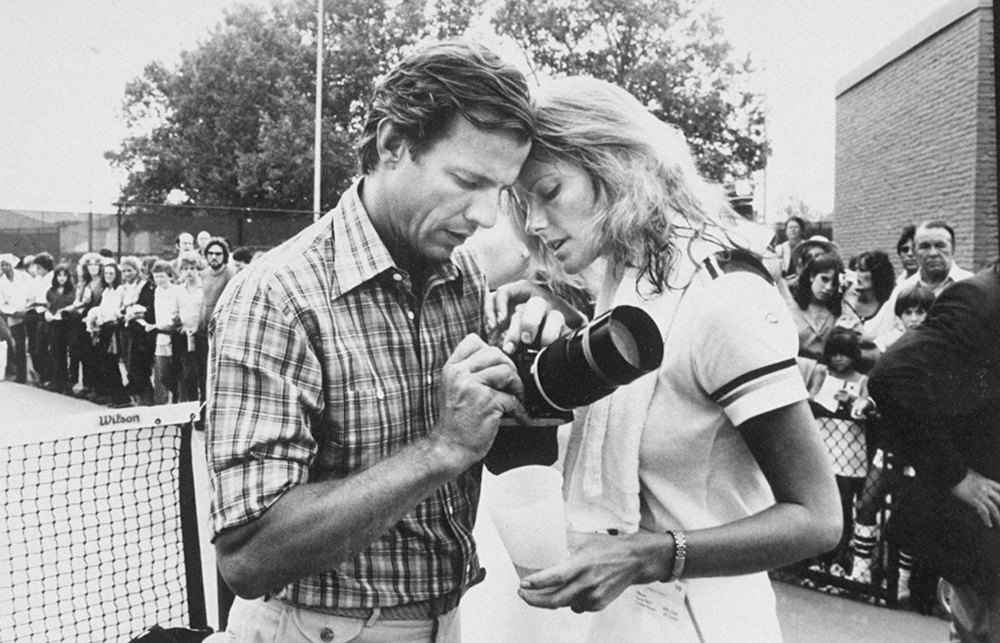In 2005 the photographer Peter Beard invited me to his Thunderbolt Ranch in Montauk on the tip of Long Island. I was writing a biography of Denys Finch Hatton, Karen Blixen’s lover, and Beard had known Blixen at the end of her life. When Graham Boynton began this biography he telephoned me, and I told him about that weekend I spent alone with Beard. At the end of my story, there was silence. Then Boynton said: ‘You’re the only woman I’ve ever heard of he didn’t make a pass at.’
Born in New York in 1938, Beard was a trust-fund Wasp, Yale-educated. Having started as a fashion photographer, he became famous for collages which sold for hundreds of thousands of dollars at Christie’s in London and New York. Typically, these works, many enormous, combined photographs with diary pages, hand-drawn illustrations and splashes of blood that had either been obtained from a butcher or taken from his own arm. In Nairobi, where he was partly based, he took on Blixen’s role as a kind of mystical keeper of Kenya’s game. Boynton writes: ‘Having started his time in Kenya as a brave hunter of wild animals, Beard began to see with searing clarity the damage the colonial hunting industry had visited on the continent’s ecosystem.’ His influential and controversial 1965 book The End of the Game was a threnody to a disappearing wilderness. The second edition, published 12 years later, famously showcased the calamitous drought and elephant die-off in Tsavo.
Boynton, a journalist raised in what was Rhodesia, was a friend of his subject for 30 years, though Beard’s family refused to talk to him for this book. He visited Beard’s 45-acre Hog Ranch under Nairobi’s Ngong Hills. Beard employed an art department there to collaborate on his work (‘a Left Bank in the bush’). A procession of ‘stunning top models’ draped themselves round giraffes’ necks; one of them, the second Mrs Beard, Cheryl Tiegs, was even ‘the world’s first supermodel’. The salon in the bush was tremendous fun; but Beard was deeply unpopular in Nairobi, and gripping sections of Wild detail scrapes, including nights in jail. Richard Leakey, the head of what was then Kenya’s Wildlife Conservation Department, in particular hated him.
The style is jaunty, even racy: the book reads like Hello! magazine – and why not? Beard was ‘the playboy of the western world’; drugs go up the nose and down the throat in ‘industrial quantities’ and ‘soulmates’ patrol the stage. Plenty of drama unfolds, both at Elaine’s in New York and in the bush. In 1996 Beard clinically died after a tusker skewered him (he was airlifted to New York, where dinners from Nobu were delivered to the hospital ward). ‘Nobody else straddled the two worlds of postcolonial Africa and celebrity-obsessed modern America with such facility,’ says Boynton. Jackie Onassis lobbied to spring Beard from Nairobi’s Kamiti prison, Francis Bacon gave him wads of cash and the Rolling Stones picked him to photograph them on tour.
Beard’s third wife, Nejma Amin, emerges as the book’s villain. She remained married to him for 35 years, despite his infidelities, but later closed in, took control of the work and cut him off from his friends – though Boynton admits he didn’t have any close ones. Beard had a stroke in 2013, then two more, and in 2020 wandered off into the woods of Long Island where, three weeks later, his body was found. He was 82.
Boynton is in thrall to his subject (‘an incandescent genius’), but the figure revealed in these pages was a violent creep who sponged off everyone. There is talk of his ‘animal magnetism’, but that, like charm, is hard to convey on the page. When Tiegs was pregnant he punched her in the stomach and she miscarried (‘there was a darkness in Peter Beard’ is the explanation). His attitude to Africans is unexamined. ‘For all the accusations that Beard was racist,’ Boynton writes, ‘he simply wasn’t.’
A procession of stunning models draped themselves round the necks of giraffes
Beard was an almost pathological homophobe. I know this, because I heard him rant on the topic. I have just fished out my Montauk notebook to check this point. We were having lunch with his team of assistants at the Shagwong Tavern and he was trying to force me to agree that homosexual gatherings on Fire Island were repulsive. When I refused to, he said: ‘I’m amazed you’re so wet around the ears.’ Boynton is silent on this aspect of his subject’s character. Is it not a biographer’s duty to reveal the truth?






Comments